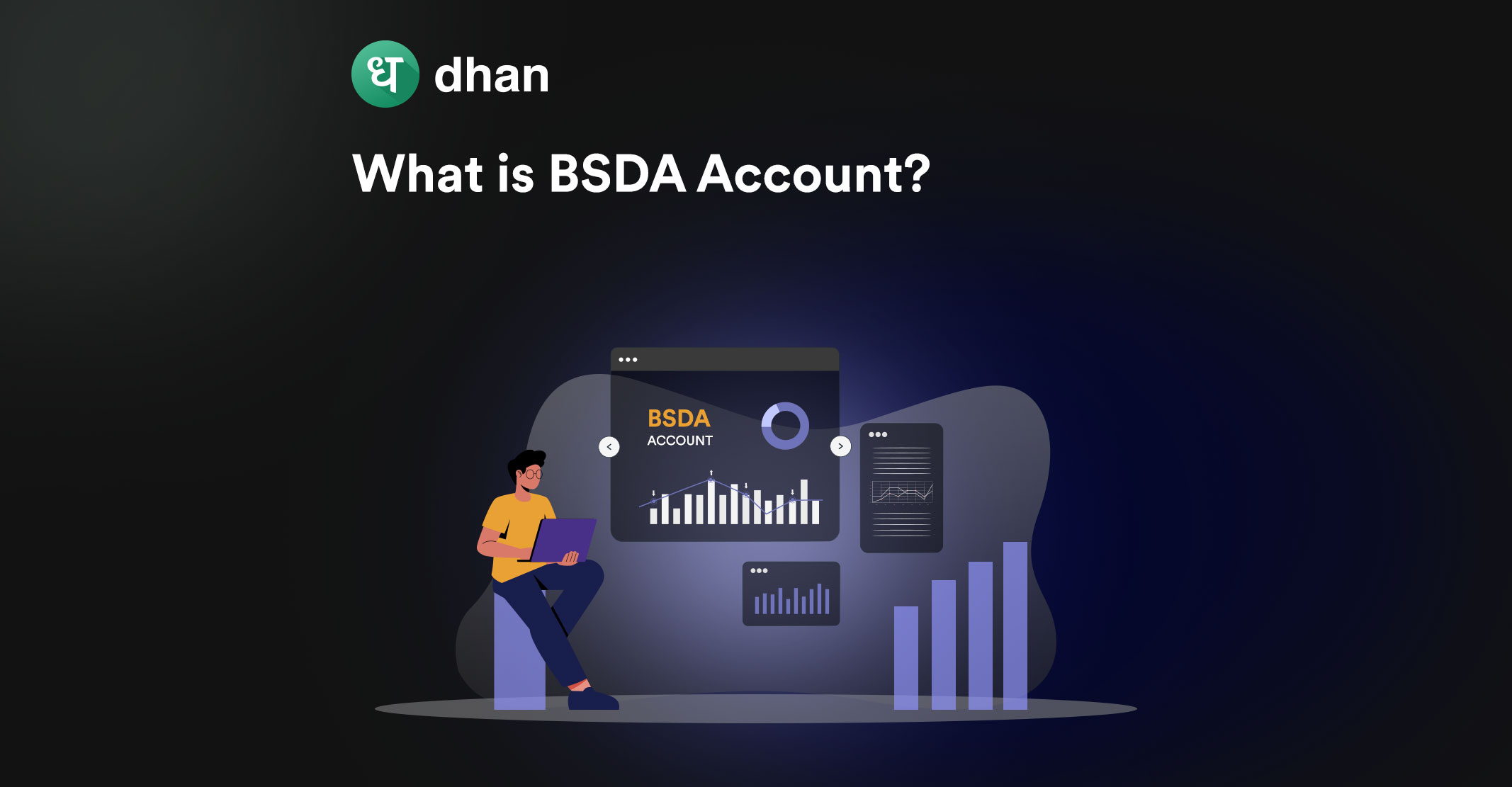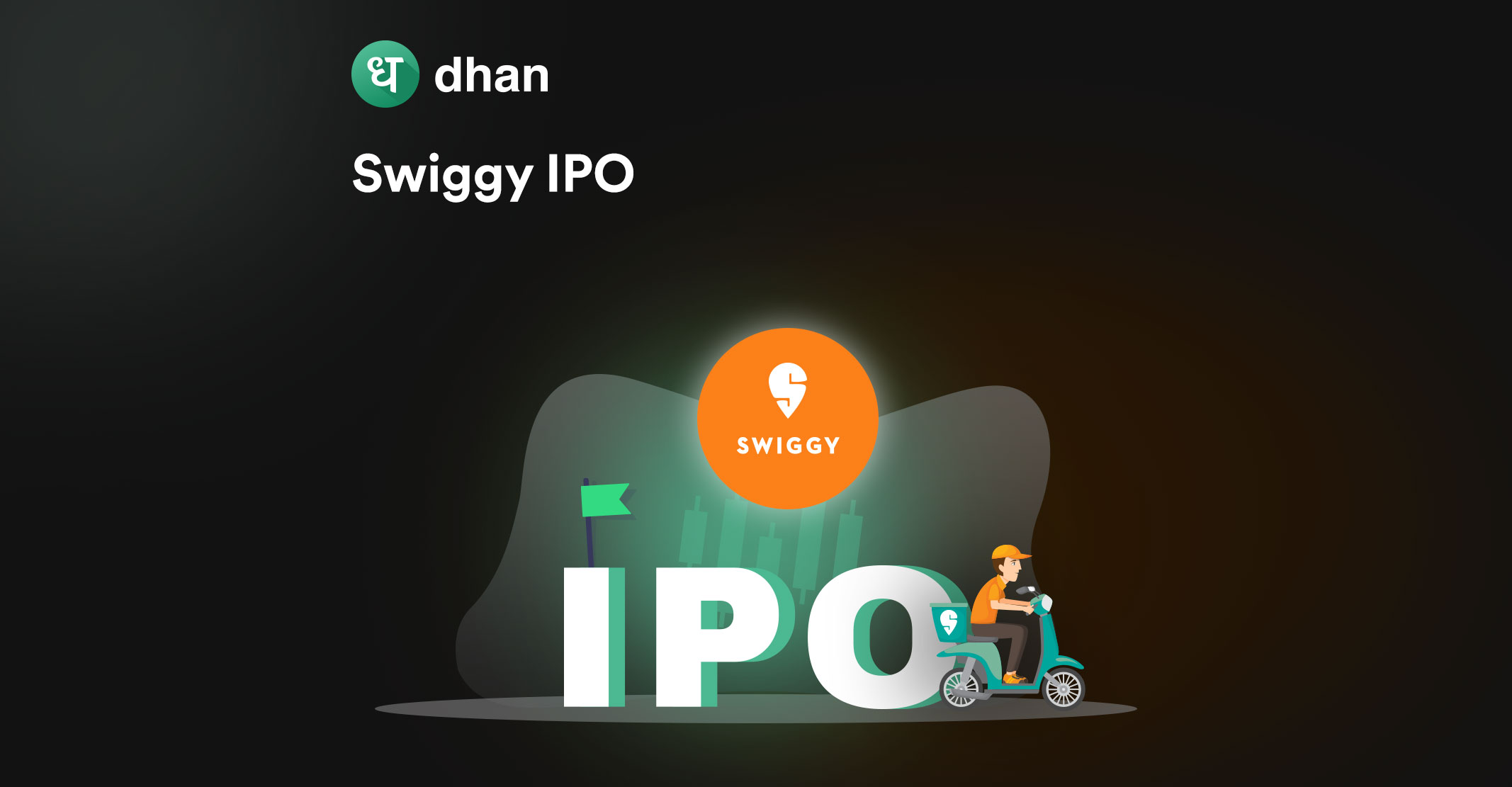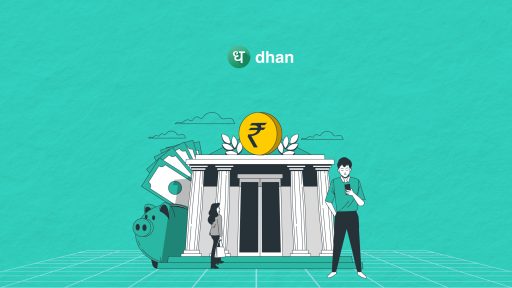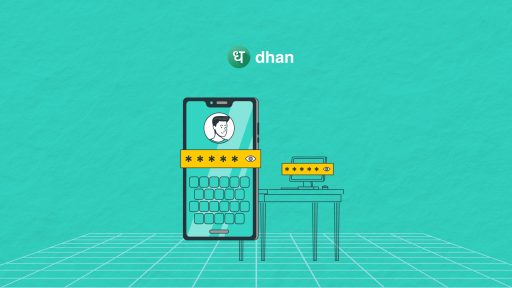If you want to invest in stocks in India, you must have a Demat account. These accounts store your shares electronically, making it easier to trade them in the secondary market without submitting actual share certificates.
However, if you are not a frequent trader, having a Demat account and paying annual maintenance fees may not be practical.This is when the Basic Services Demat Account (BSDA) comes into play.
Let’s find out what is BSDA account in detail in this article.
What is BSDA Account?
BSDA stands for Basic Services Demat Account. It was brought in by the Securities and Exchange Board of India (SEBI) in 2012. The primary objective of this account is to provide a cost-effective trading option for individuals with holdings below Rs. 2,00,000.
BSDA operates under a slab-based fee structure. For holdings up to Rs. 50,000, no annual maintenance charge (AMC) is levied. However, holdings between Rs. 50,001 and Rs. 2,00,000 incur a nominal AMC of Rs. 100 plus GST annually.
BSDA accounts do not offer margin trading facility. That means investors cannot borrow funds from their brokers to trade. BSDA holders must trade within the limits of their own funds, ensuring they only invest money they actually own. This restriction is in place to protect small investors from the high risks associated with margin trading.
Advantages of BSDA
BSDA offers many advantages to investors. A few of them are:
- Reduced Costs: As said before, BSDA accounts significantly lower the costs of maintaining a Demat account, including AMC.
- No Demat Charges: These are the charges investors pay for converting their physical shares into electronic form. BSDA is free from this charge.
- Simplified Operations: The account is designed for small investors. The minimal paperwork makes it easier to operate and meet compliance requirements.
- Single Account Convenience: Investors can maintain only one BSDA account across all depositories. This makes it easier for them to track all their investments in one place.
- Physical statements: Investors receive two free hard copy statements during the billing cycle. If they want an additional statement, a fee is levied.
Eligibility Criteria for Opening a BSDA
Investors can open a BSDA account if they satisfy the following conditions:
- The investor must be the sole owner of the BSDA account.
- An individual is allowed to hold only one BSDA account across all depositories.
- The investor should not possess any other Demat account at the time of opening a BSDA.
- The total value of securities held in the BSDA should be at most Rs. 2 lakhs at any point. If the value of securities exceeds the threshold limit, the account will be converted to a regular Demat account with applicable charges.
- If the investor has a joint account, they should not be the first holder of any other Demat account.
How to Open a BSDA?
Opening a BSDA is a straightforward process. Here is a simple guide to get you started:
- Step 1: Begin by selecting a DP registered with either NSDL or CDSL. You can choose from banks, stockbrokers, or an online investment platform that offer Demat services.
- Step 2: Visit the DP’s office or website to fill out the BSDA application form. Provide your personal details, contact information, and PAN number.
- Step 3: Submit copies of your KYC documents along with the application form. These typically include your PAN card, Aadhaar card, address proof, and passport-sized photographs.
- Step 4: Some DPs may require an IPV. This can be done via video call or by visiting the DP’s office.
- Step 5: The DP will provide an agreement outlining the investor’s and DP’s rights and duties. Read it carefully and sign it if everything is in order.
- Step 6: Once your application is processed, you will receive a Beneficial Owner Identification Number (BO ID). This unique number is used to access your Demat account.
- Step 7: You can now log in to your account using the credentials provided by your DP. Start transferring or purchasing securities.
How to Convert Regular Demat to a BSDA?
To convert your Demat account to a Basic Services Demat Account (BSDA), follow these steps:
- Step 1: Complete the Demat account modification form and the BSDA declaration form provided by your Depository Participant (DP).
- Step 2: Send the duly filled forms to your DP 15 days before your next billing cycle to facilitate the conversion process.
- Step 3: After you submit the form, the DP will certify the details and process your request. The conversion will be complete within a few working days.
Conclusion
BSDA account is suitable for small investors. If, at any time, they wish to increase their trading volume to over Rs 2,00,000, they can send it in writing to their DP and convert the account into a regular Demat.
📌 You can also read:
- What is Dematerialisation? Process, Benefits & Challenges
- What is a Demat Account? Uses, Benefits & Requirements
- Can you Open Multiple Demat Accounts in India?
- What is NSDL and CDSL: What Do They Do?
Happy Investing 💰



